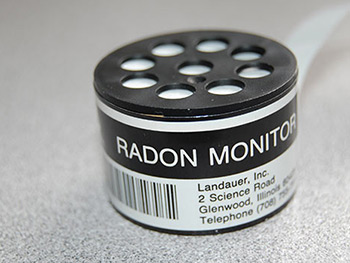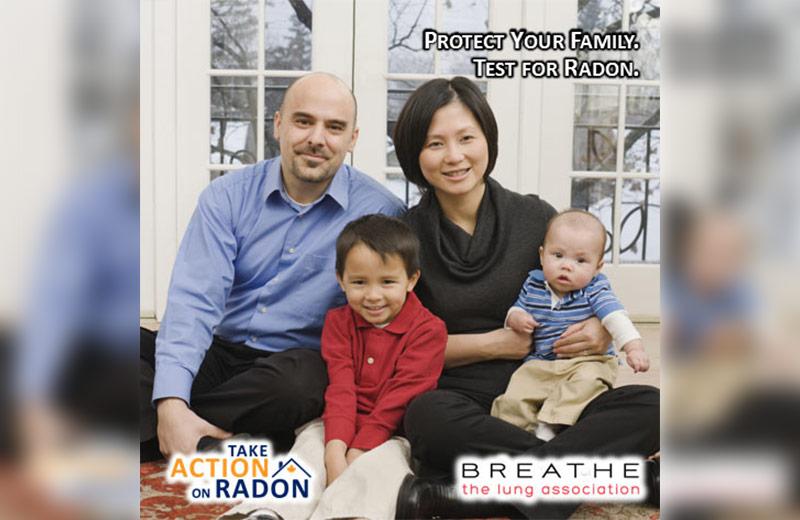November is Radon Awareness Month in Canada and it's a great time to test your home for radon gas.
Did you know that radon is the leading cause of lung cancer among non-smokers and kills approximately 2,000 people in Canada each year? This was news to me, which is why I wanted to connect with Environmental Health Officer Shane Wadden to learn more. Here's what Shane told me:
What is radon?
Radon is a radioactive gas. It has no smell, no colour, and no odour. It is naturally occurring in many northern soils and can build up in your home. The only way to know if a home has high indoor radon levels is to test.
What are the health effects of radon?
Exposure to radon increases your chance of getting lung cancer:
- Radon is the second leading cause of lung cancer, after smoking.
- Radon is the primary cause of lung cancer in non-smokers.
- Radon causes approximately 10% of all lung cancers worldwide.
- Radon kills approximately 2,000 people in Canada each year.
How do I test my home?

The only way to know for sure whether your home is high in radon is to test. Health Canada recommends that homes be tested for a minimum of three months (preferably 12 months), ideally between October and April. The detectors should be set up in the lowest lived-in level of your home where you spend at least 4 hours of your time each day. Testing is easy and relatively inexpensive. Long-term radon test kits can be purchased for $25 at one of nine local Public Health Protection offices.
When should I take action?
Radon is measured in bequerels per meter cubed (Bq/m³). This measurement is used to determine the concentration of radon in the surrounding air. The current Canadian Guideline for Radon is 200 Bq/m³. Health Canada recommends that that you take steps to reduce (mitigate) radon levels in your home if you detect radon concentrations greater than 200 Bq/m³. The higher the radon concentration, the sooner the remedial measures should be conducted.
Reducing the amount of radon in your home is easy. Radon levels in most homes can be reduced by more than 80% for about the same cost as other common home repairs such as replacing the furnace or air conditioner. Techniques to lower radon levels are effective and can save lives.
This fall, take a few minutes of your time to test your home to ensure that you and your family are safe. Knowing the levels within your home allows you, as a homeowner, to make informed decisions about how to best protect your family.














Comments